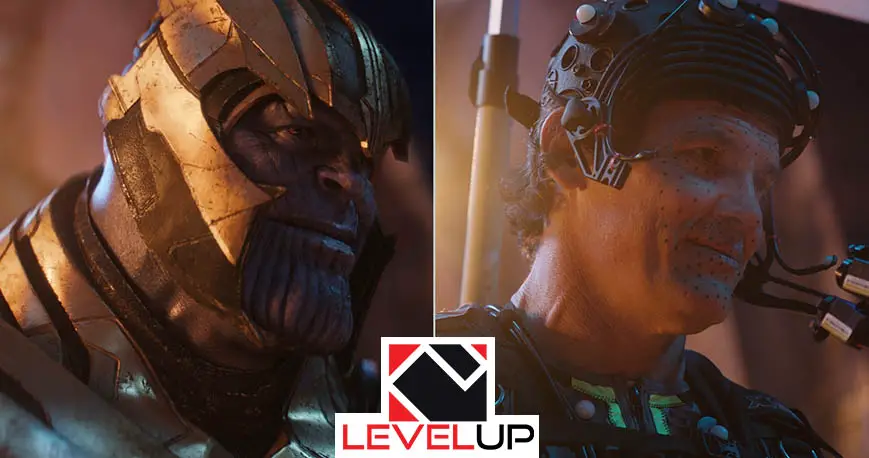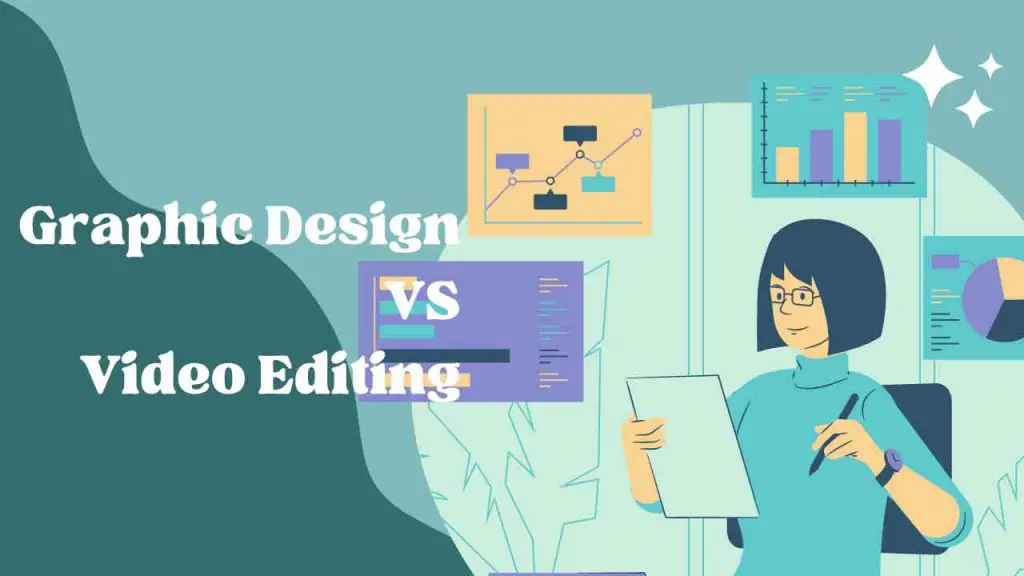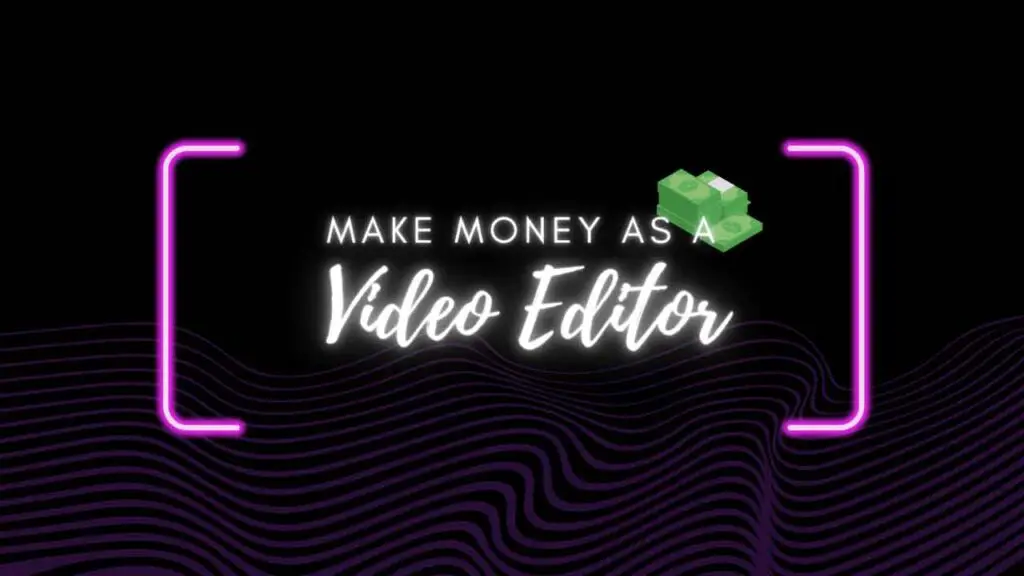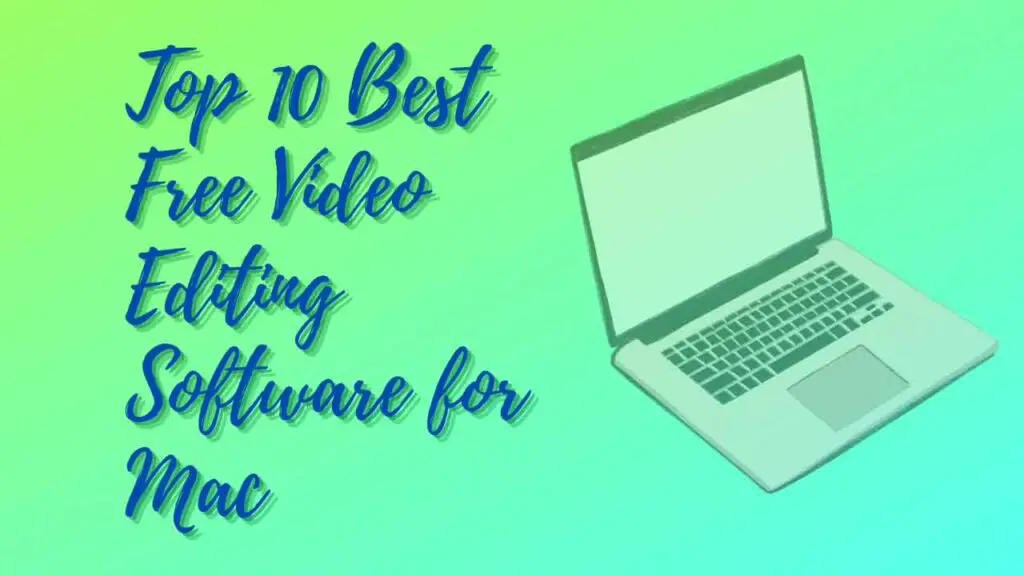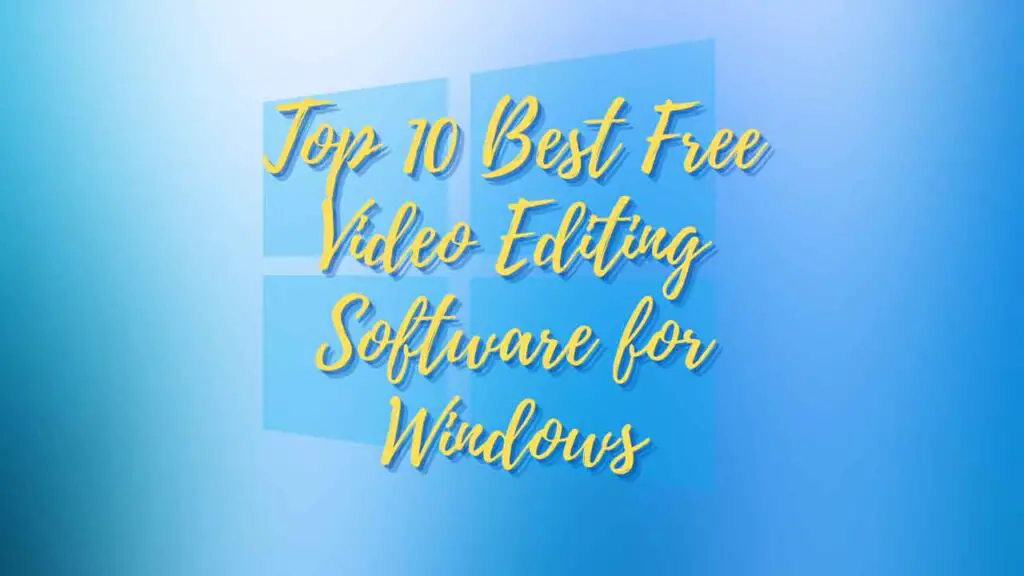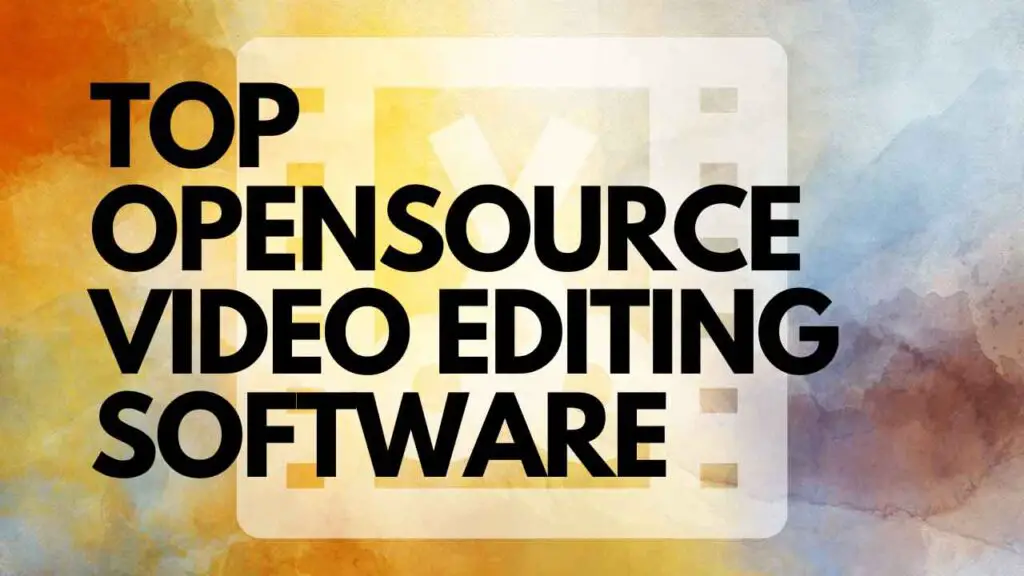THIS ARTICLE MAY CONTAIN AFFILIATE MARKETING LINKS! IN CASE YOU MAKE A PURCHASE THROUGH ONE OF THE LINKS, WE'LL GET A SMALL COMMISSION. WITH NO EXTRA CHARGES TO YOU. THANKS!!
Table of Contents
What is Visual Effects?
Visual Effects is a process used in Filmmaking and Video Production for the purpose of the integration of live-action footage and generated imagery. VFX contributes to the making of realistic scenes for films that could be time-consuming, dangerous, impractical, expensive, or impossible to shot.
VFX started out as Special Effects and made by the use of practical use of props and combining different sections of negatives into a single image.
Oscar Rejlander created the world’s first “Special Effects” in 1857.
Techniques Used in Visual Effects:-
Special Effects:
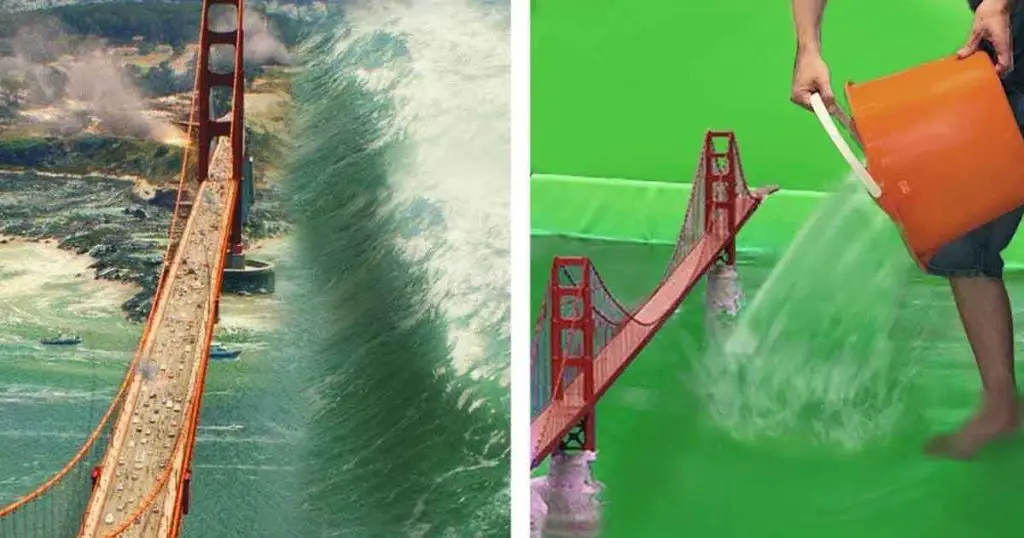
SFX or FX, used in the film, television, theater, video game, and simulator industries are often described as visual tricks or illusions. Special Effects have two distinct categories Mechanical Effects and Optical Effects.
Mechanical Effects or Practical Effects are usually done with live-action shooting and these effects include props, scale models, scenery, pyrotechnics, animatronics, and creating atmospheric effects like wind, rain, fog, clouds, or blowing up objects/subjects. Practical Effects are usually integrated into the set and makeup design. For instance, making someone look like an Alien with the help of Prosthetic Makeup.
Optical or Photographic Effects are usually created in post-production or by the means of using mattes, the Schufftan process, or multiple exposure “in-camera”. An optical effect is used to place sets or actors against different backgrounds.
Motion Capture:
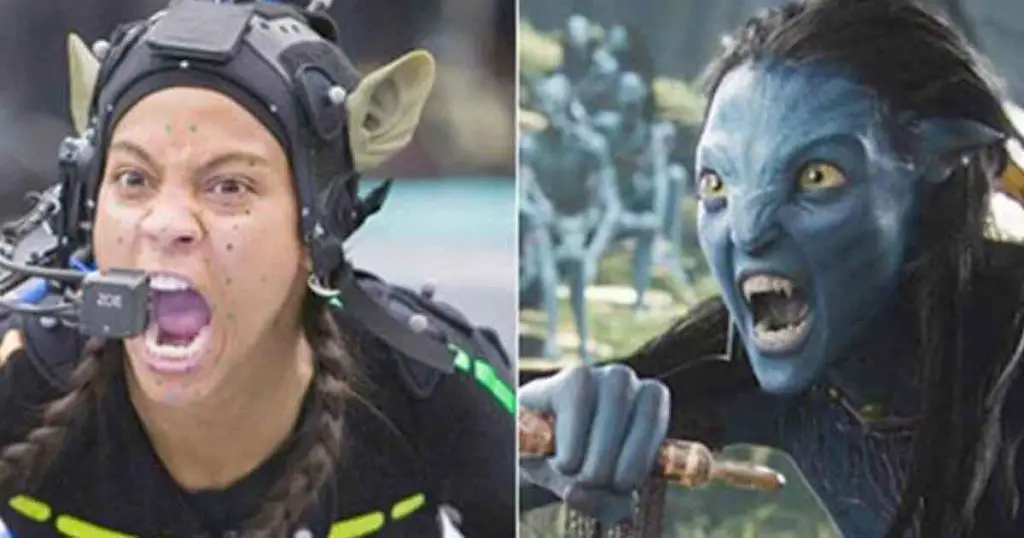
Mo-Cap or MoCap for short is the process of recording movements of people, animals, or objects. Motion Capture is widely used in video game development and filmmaking, the recorded data ranges from actions such as walking, running, etc, and facial expressions which are then used to animate computer-generated models in 2D or 3D animation.
Matte Painting:
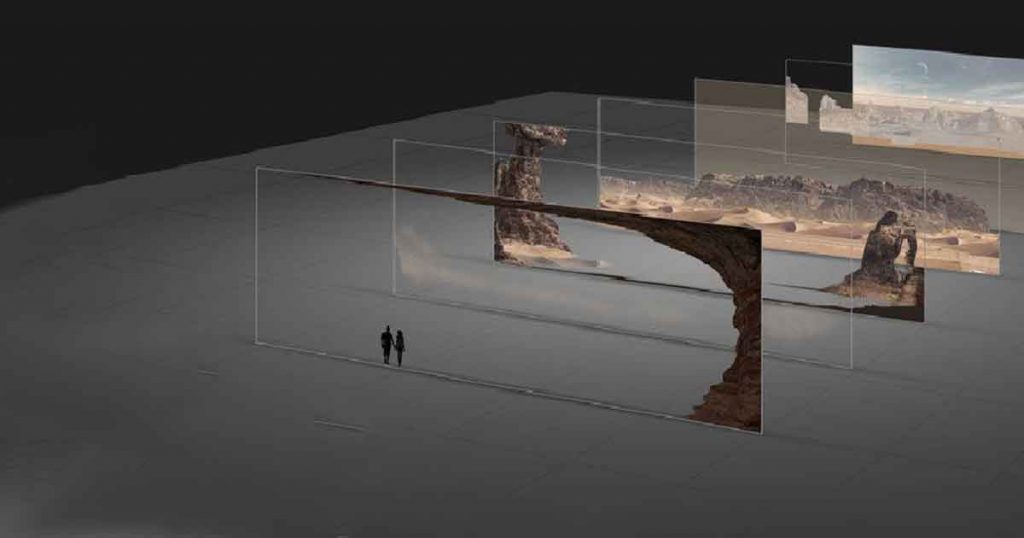
A Matte Painting is a depiction of a set, scenery, landscape, or a distant location that is not present at the shooting location. It helps filmmakers to create an illusion of an environment that is impossible or expensive to film. Film Technicians and Matte Painters use various techniques to combine live-action footage with matte painting which is often referred to as compositing.
In the early days of filmmaking, matte paintings were hand-painted on glass. Nowadays, it’s all done digitally within computer-generated environments.
Animation:
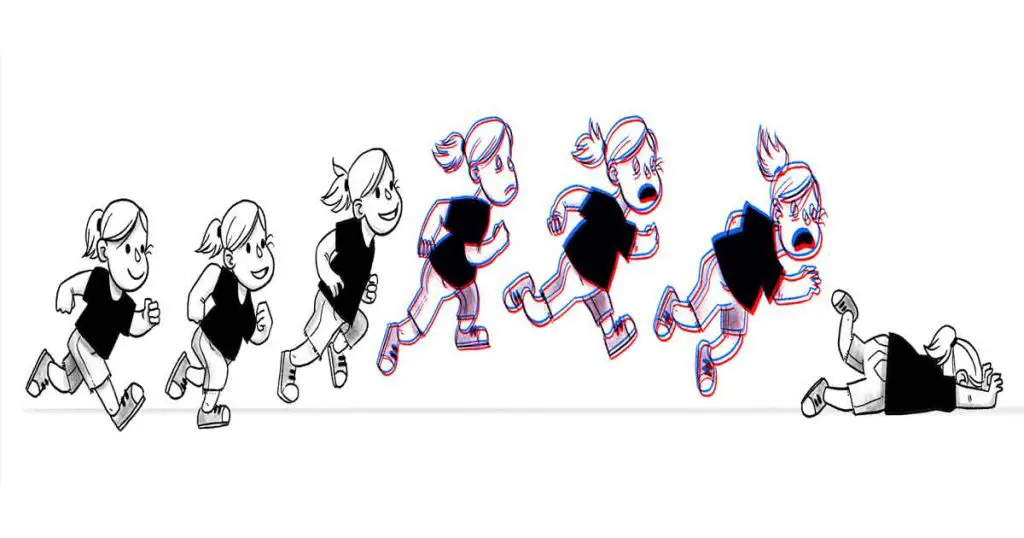
Animation is a sequence of multiple images in which an object is manipulated to give a sense of movement. Traditional animation was images drawn or painted by hands-on celluloid sheets (transparent) to be used in the film by being photographed.
Nowadays, animations are Computer-generated imagery (CGI). Thus giving way to 3D animation.
3D Modelling:
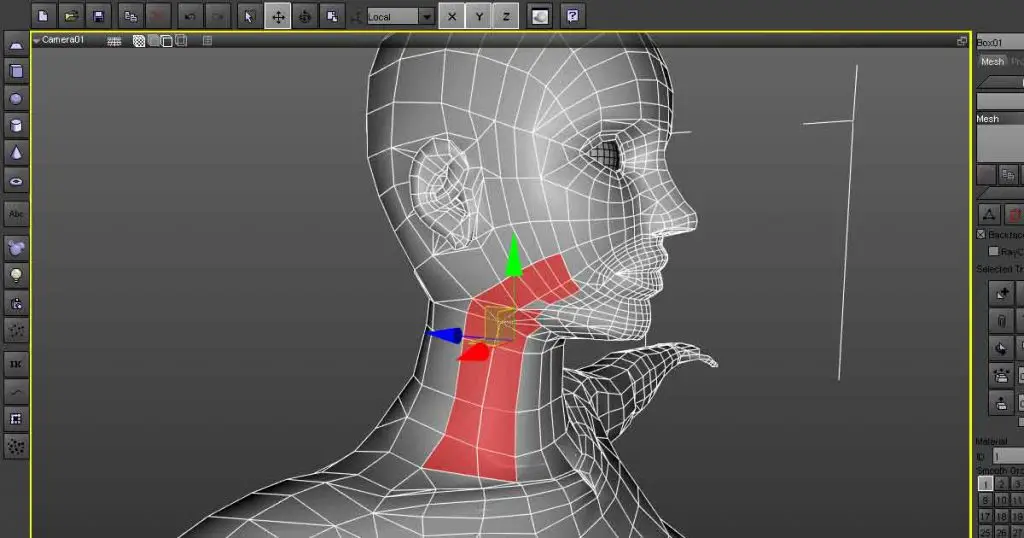
3D modeling is the process of making a three-dimensional representation of any object either living or inanimate by the use of specialized software. Thus, the result is called a 3D model.
A process called 3D rendering is used to show the 3D model in a two-dimensional image.
Rigging:
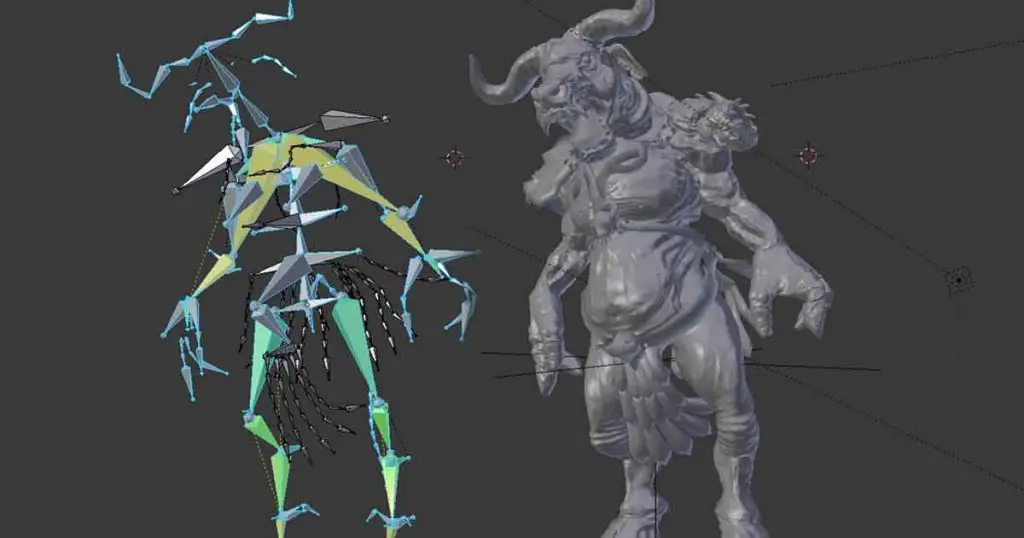
Rigging (Skeletal Animation) is a process used in 3D animation to move or animate the 3D model. Rigging is based on making a virtual armature for the 3D model.
Rotoscoping:
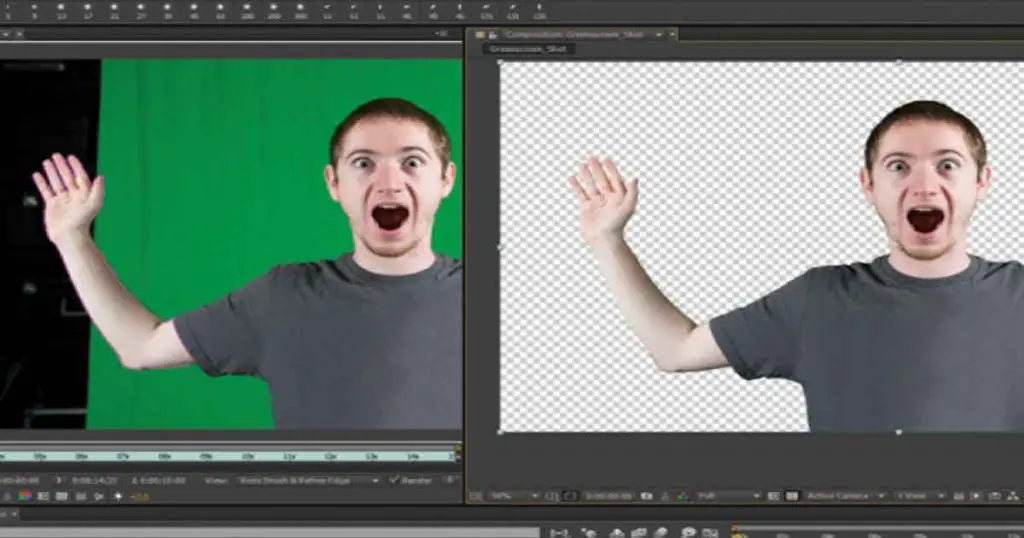
Rotoscoping is also an animation technique used by the animators to produce realistic action by tracing over motion picture footage, frame by frame.
In VFX rotoscoping is used to manually create matte for an element, so it can be composited over another background.
Match Moving:
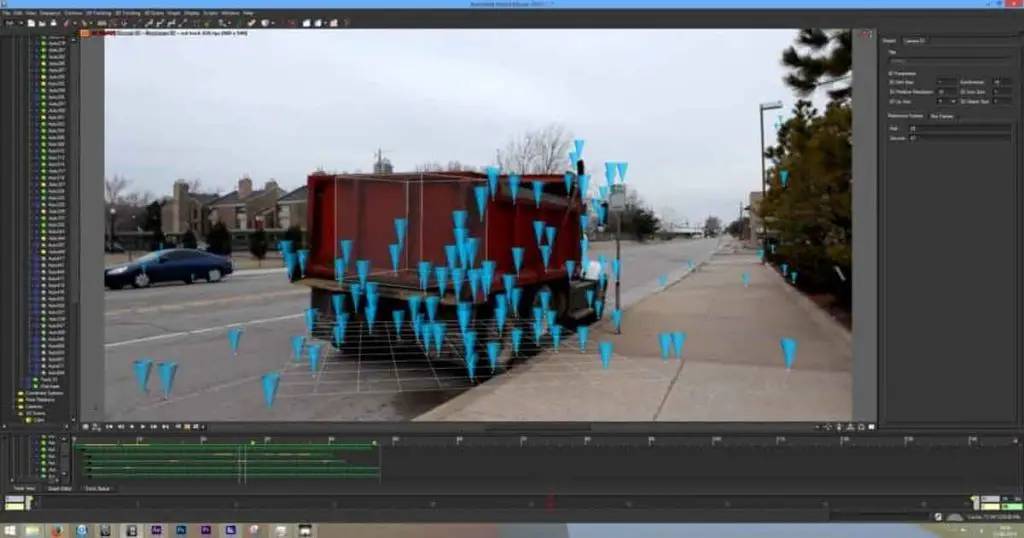
Match moving allows the integration of computer-generated imagery into a live-action shot with correct scale, position, orientation, and motion relative to the photographed objects in the footage.
Compositing:
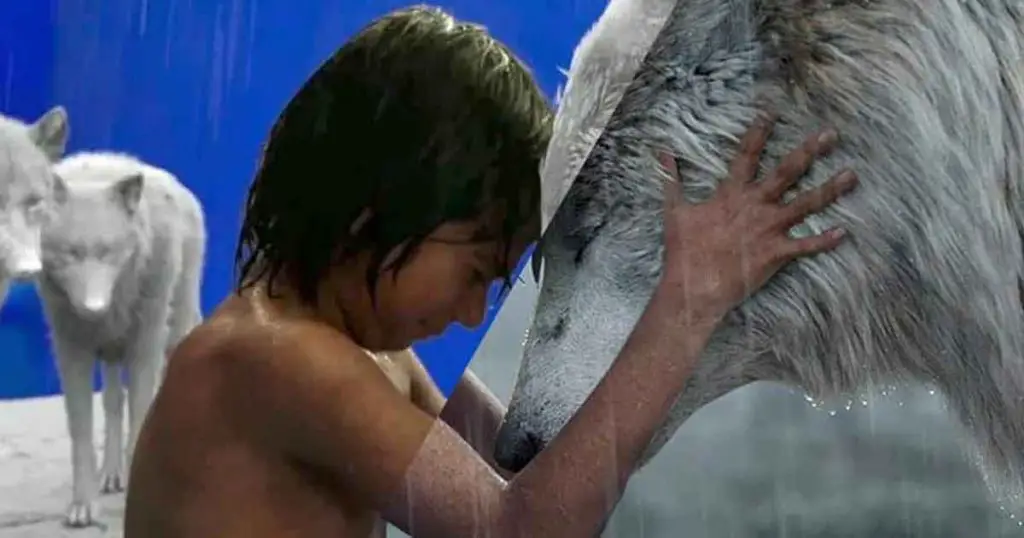
Compositing is the technique of combining visual elements from separate sources into single images, it is often used to create the illusion that the elements are the same part of the shot.
VFX is used in almost all the movies produced, around Ninety Percent of the film utilize VFX and CGI.
